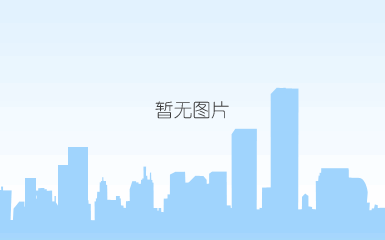the sewage treatment industry has an obvious policy orientation, which is greatly influenced by the national industrial policy and the scale of environmental protection investment; the municipal sewage treatment market is gradually saturated, and the expansion of the expansion of the standard still has market opportunities, and the development of new towns and rural markets has great potential. under the background of speeding up urbanization, shortage of water resources and intensification of water pollution, the state has increasingly attached importance to environmental protection. by the end of june 2017, 4063 sewage treatment plants were built and operated in cities and towns in the whole country. the capacity of sewage treatment was 178 million cubic meters per day (only 71 million 380 thousand cubic meters per day at the end of 2007). the urban municipal market was gradually saturated. however, the renewal of old pipe network equipment and the upgrading of standards still brought market opportunities. in addition, the sewage treatment industry "13th five-year plan", "water pollution prevention and control action plan" and "national new urbanization plan" have put forward new requirements for the sewage disposal capacity of all counties and key towns in the country, and put forward that the urban sewage treatment facilities and services should be actively promoted to the rural areas.
the sewage treatment industry has gradually broken the regional monopoly, and the investment and mergers and acquisitions are increasing, and the enterprises in the industry have gradually changed from single business operators to the comprehensive environmental operators. the development of environmental protection market has great potential. the social capital of different industries is entered through project investment, cooperative operation, acquisition, merger and so on. the trend of cross regional management is obvious. many industry enterprises have gradually extended from a single equipment provider, material research and development manufacturer, engineering contractor or operator to the upper and lower reaches, in order to have a more obvious cost control advantage during the franchise period. the private enterprises such as bo tian environment, blue water source and china gold environment have developed rapidly through extension and merger and extension of industrial chain. at the same time, we pay close attention to the large investment in the sewage treatment project, the long period of investment recovery, and the large demand for the merger and acquisition. if the project investment, construction, operation schedule is unsuitable, there is no continuous growth of cash flow to support, the external financing environment, once the change, the management of enterprises will be greatly affected.
the ppp mode has been vigorously promoted, and the new ppp policy will affect the competition pattern of the industry. the ppp model is the main mode of promoting the promotion of the environmental protection market. the large central enterprises and state-owned enterprises have obvious competitive advantages, such as social resources, capital strength and lower financing costs, and most of the enterprises do not take the advantage of the quantity and quality of the projects. in november 2017, the national development and reform commission issued guidance to encourage private enterprises to participate in ppp projects in many ways, and to improve the advantages of environmental protection enterprises with advantages such as technical strength, operational capability, brand influence and market scale, and the competition pattern of environmental protection industry will change.
the sewage treatment industry is a capital intensive industry. construction and receivables occupy a lot of working capital. since most of the projects need to be funded, the amount of receivable accounts for the sewage treatment enterprises is higher, and the object of the receivable is generally the entity established by the government departments or the government departments. the return of the enterprises depends on the local economic development, the population and the local financial resources. in some areas, due to the government's financial situation and other reasons, the recovery period of receivables is rather long or the recovery is difficult.
in order to meet the water quality requirements of qualified finished water (water for living or production and waste water for final disposal), the process of raw water processing is called water treatment. among them: 1) when processing raw water for living or industrial water, it is called water treatment; 2) when processing wastewater is used again or discharged, it is called waste water treatment, and wastewater treatment generally includes domestic sewage treatment and industrial sewage treatment. the generalized water treatment includes the treatment and final disposal of the wastewater, sludge and waste gas produced during the treatment. from the upstream and downstream of the industrial chain, the participants of the sewage treatment industry are mainly products and equipment providers (including sewage treatment agents, sewage treatment equipment, sewage pipe network, testing instruments, etc.), construction contractors and water facilities operators.
the water industry is a general name for the enterprises engaged in the production, supply and treatment of the basic public services for urban and industrial water use, including the production and supply of water, sewage treatment and its regeneration, desalination, and other water treatment, utilization and distribution of the four major industries. this report mainly focuses on sewage treatment sub industries.

text
first, industry survey
china's per capita water resources are scarce, the distribution of water resources is uneven, and the water pollution situation is grim.
according to the the world bank related report, the total amount of water resources in china in 2014 is 2 trillion and 810 billion cubic meters, accounting for 6.57% of the total water resources in the world. second only to brazil, russia, canada and the united states, the total water resources are the fifth largest in the world, but the per capita water resources occupy only 2061.91 cubic meters, accounting for 34.85% of the world's per capita water resources. it is the world's population. one of the countries in which the water resources are poor [1].

influenced by geographical, topographic and climatic factors, china's water resources are unevenly distributed, showing a general trend of "east rich west, south more north less". according to the china water resources bulletin, the total amount of water resources in china in 2016 is 3 trillion and 246 billion 640 million cubic meters, of which 4 cubic meters in the south of the south are [2]26873.7 billion cubic meters, accounting for 82.77%, and [3]5592.7 billion cubic meters in the northern 6 areas, accounting for only 17.23%.
more than 90% of the population in china lives on the land area of about 35% east of the heihe tengchong line, and the disequilibrium of population distribution has intensified the differentiation of the per capita water resources in the region. at present, 2/3 of the cities in china are in a state of water shortage, and 140 cities are in serious water shortage. according to internationally recognized standards, china has 12 provinces and regions with low per capita water resources.
